Blog
Fake Transcripts: Understanding the Risks, Consequences, and Digital Trends

What Are Fake Transcripts?
Fake transcripts are counterfeit academic records that falsely represent a person’s educational background. They are often used to deceive employers, universities, or certification boards by showing grades, courses, or degrees that were never actually earned.
These documents can be created from scratch or modified versions of real transcripts. Some individuals generate them using graphic design software, while others purchase them online from diploma mills or fraudulent services.
Why Do People Use Fake Transcripts?
The reasons behind using fake transcripts vary widely:
-
To gain admission to schools or colleges without meeting the actual entry requirements.
-
To secure employment by presenting false qualifications.
-
To obtain promotions or visa approvals where proof of academic credentials is required.
-
To replace lost documents when the official route takes time or is unavailable.
While the motivations might appear justifiable in certain contexts, the consequences can be severe.
How Are Fake Transcripts Made?
Modern technology has made it easier than ever to replicate official-looking documents. Common techniques used to create fake transcripts include:
-
Graphic design software: Programs like Photoshop or Illustrator are used to mimic official seals, logos, and layouts.
-
Online services: Many websites sell fake degrees and transcripts, promising “novelty” documents or “replacement” certificates.
-
Template generators: Some users download editable templates of real university transcripts to input their own information.
Despite the visual accuracy of many fakes, they often lack verifiable details like security watermarks, barcodes, or registrar verification.
Legal Consequences of Using Fake Transcripts
Possessing or using fake transcripts can result in serious legal issues. Depending on your jurisdiction, the consequences may include:
-
Criminal charges such as fraud, forgery, or misrepresentation.
-
Fines or imprisonment, particularly if the fake transcript was used to gain employment or immigration benefits.
-
Permanent blacklisting from universities or employers.
-
Civil lawsuits for damages in professional settings, especially in healthcare, finance, or law.
Authorities across many countries have increased enforcement against document fraud, and some even have special task forces focused on credential verification.
Ethical and Professional Ramifications
Even if legal action is not taken, being caught with fake transcripts can permanently damage a person’s reputation:
-
Loss of credibility and trust from peers, mentors, and employers.
-
Termination from job roles, even if the individual was performing well.
-
Difficulty in rebuilding a professional or academic career, as records of misconduct may be documented or reported.
In many cases, a single act of dishonesty can ruin years of hard work and future opportunities.
How Institutions Detect Fake Transcripts
With increasing cases of transcript fraud, schools and employers have enhanced their verification methods. These include:
-
Third-party verification services like the National Student Clearinghouse or World Education Services (WES).
-
Contacting universities directly to cross-check student data.
-
Digital credential platforms that issue tamper-proof digital diplomas and transcripts.
-
Security features like holograms, barcodes, and blockchain-based verification systems.
Employers and admissions offices now treat all documents with caution, especially if they seem suspicious or too perfect.
The Rise of Digital Credentials and Blockchain Transcripts
To combat the spread of fake transcripts, many educational institutions are turning to digital credentials secured by blockchain technology. These digital transcripts offer several advantages:
-
Tamper-proof: Once issued, they cannot be altered or forged.
-
Easily verifiable: Employers or other institutions can confirm authenticity in real time.
-
Environmentally friendly: Reduces the need for paper and shipping.
Blockchain-based systems provide transparency and ensure that only genuine academic achievements are recognized.
How to Spot a Fake Transcript
Here are common red flags that suggest a transcript may be fake:
-
Misspellings or grammar errors – Official documents rarely contain mistakes.
-
Inconsistent formatting or fonts – Unprofessional layouts can be a giveaway.
-
Lack of institution contact information – Missing or unverifiable details raise suspicion.
-
Unusual course names or grades – Fake transcripts may include unrealistic academic performance.
-
Suspicious seals or signatures – Many forgers attempt to replicate university emblems poorly.
If in doubt, always reach out to the issuing institution directly.
Protecting Yourself and Your Organization
To prevent falling victim to fake transcripts, take the following steps:
-
Implement strict hiring and admissions policies that require verified transcripts.
-
Use trusted verification services or work with background screening agencies.
-
Train HR and academic staff to spot irregularities in academic records.
-
Adopt digital credential systems that reduce reliance on paper documentation.
Alternatives to Using Fake Transcripts
If you’re missing legitimate academic credentials, there are honest alternatives:
-
Take adult education or online certification courses to boost your résumé.
-
Contact your previous school for replacements or official copies.
-
Pursue GED or equivalent diplomas if you didn’t complete high school.
-
Enroll in short-term professional programs to gain real skills and certification.
Building a career or education the right way may take time, but it’s the only path that guarantees long-term success.
Conclusion: Honesty Over Shortcuts
The use of fake transcripts may seem like a quick fix in today’s high-pressure world, but the risks far outweigh the rewards. From legal action to lifelong damage to your reputation, it’s simply not worth it. In a world that increasingly values transparency, integrity is your most powerful credential. If you’re lacking formal education, consider alternative learning paths that offer real value and growth.
-

 Business7 months ago
Business7 months agoUnderstanding the Significance of License Plate 鲁Q 669FD
-
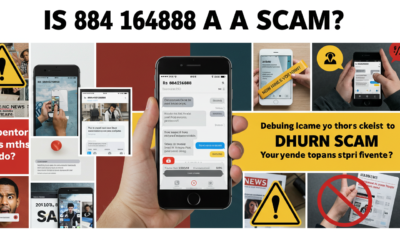
 Technology7 months ago
Technology7 months agoIs 8884216488 a Scam? Debunking Common Myths
-
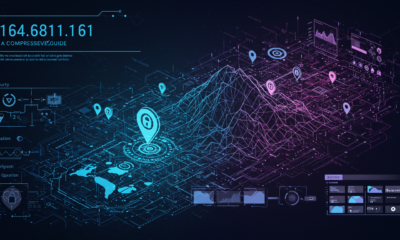
 Technology7 months ago
Technology7 months ago164.68111.161: A Comprehensive Guide
-

 Digital Marketing7 months ago
Digital Marketing7 months agoWepbound: The Future of Digital Connectivity
-

 Entertainment7 months ago
Entertainment7 months agoStreameast: The Best Free Live Sports Streaming Platform in 2025
-
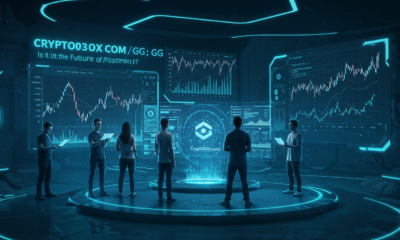
 Crypto7 months ago
Crypto7 months agoCrypto30x.com GG: Is It the Future of Crypto Investment?
-

 Crypto7 months ago
Crypto7 months agoCrypto30x.com AC Milan: A New Era for Fans Through Digital Currency
-
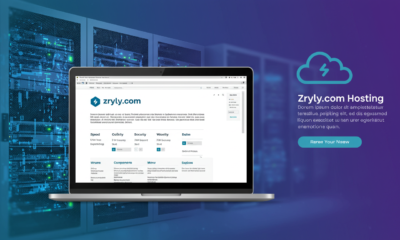
 Digital Marketing7 months ago
Digital Marketing7 months agoZryly.com Hosting: A Comprehensive Review of Their Its Services
-
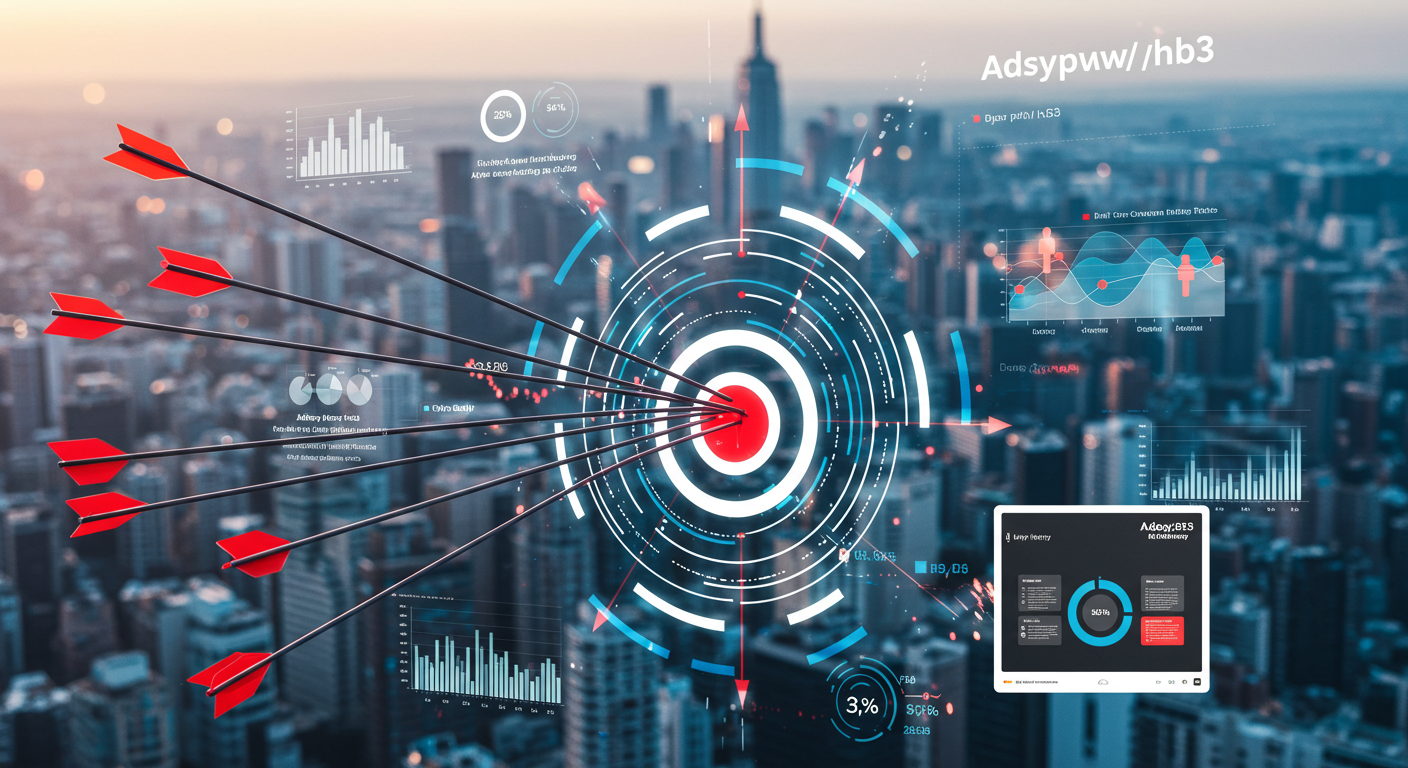
 Digital Marketing7 months ago
Digital Marketing7 months agoHow Adsy.pw/hb3 is Revolutionizing Online Advertising Strategies
-

 Health & Fitness7 months ago
Health & Fitness7 months agoProstavive Colibrim: Discover the Benefits of Prostate Health



